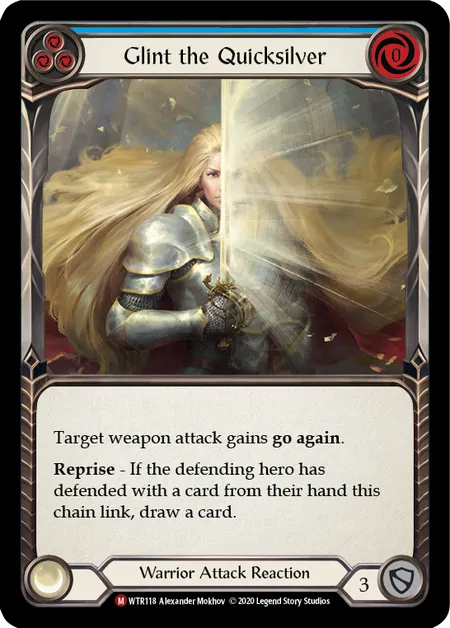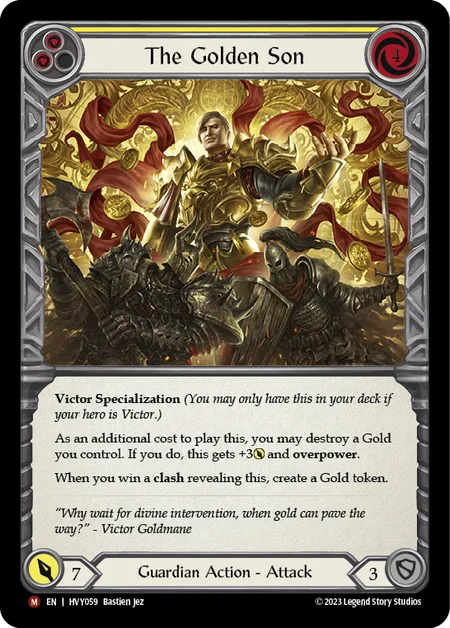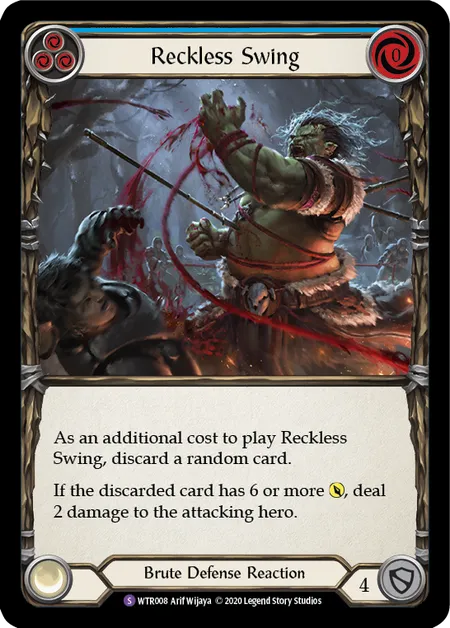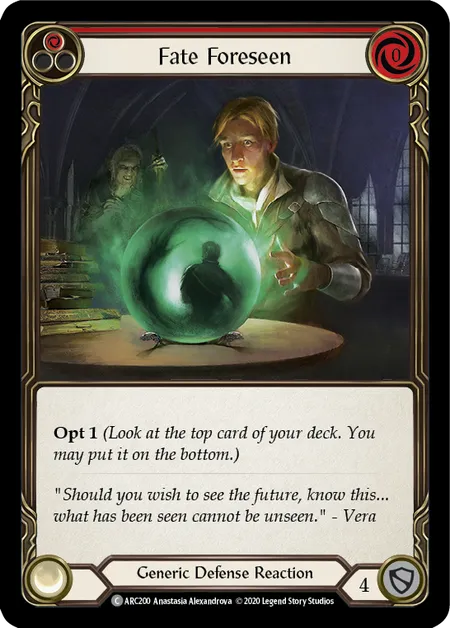Play like a boss with Primed to Fight, where we reel in pro players to share their expertise on various aspects of competitive Flesh and Blood! Today we have the winner of Pro Tour: Los Angeles himself, the legendary Arthur Trehet, to guide us through the delicate art of pitch stacking, a style of play where you sculpt your deck for the second half of the game.
Pitch stacking is a mechanic unique to Flesh and Blood. When I started playing it felt a bit overwhelming because of its depth and complexity. While I was trying to figure out how I could finally beat my local fellow Bravo players, I was also wondering "do I have to remember exactly all the cards I have pitched, in the exact order?".
Well, yes and no. In an ideal world, you would remember exactly both your stack and your opponent's to have perfect information and make the best decisions at all times, but in practice (if you're not named Kano) you can get around with less mental charge, and you'll probably have to.
In my opinion pitch stacking boils down to two main components. The first one, necessary to achieve the other, is knowing what cards were pitched, in which order, and leveraging this information to make better decisions. The second one is to prepare your deck for the second cycle of the game.
While manipulating your deck for the second cycle isn't going to be relevant to all of your games, because some of them never get to that point, having information about pitched cards will always matter (unless both you and your opponent constantly shuffle your deck - Hi, Katsu).

Leveraging information
So how does knowing which cards were pitched help me make better decisions? It depends a lot on the matchup I'm playing, and the usual plan I have for it.
If I think the game is going to be long and might go to second cycle, paying attention to the hands my opponent pitches can be crucial to knowing what their plan is and how I can adapt to it.
For example, seeing my opponent only pitching blues for their first hands of the second cycle, can tell me those hands are going to lack threats. I can then either try to slow down the game to get to this point where my opponent will have weak hands, or on the contrary, if I don't get to dictate the pace of the game (and guess that my opponent will try to end it fast), I'll try to be careful to extract direct value from my hands even if it means weakening my late game.
On the other hand, if I know the game is going to be short, I think about the pitched cards as if they have gone to the graveyard. In this case, seeing my opponent pitching power cards may make me think that I have a lead in the game, hence that I can afford to lose a bit of value to reduce the variance of the game. Vice versa, if I'm forced to pitch away my best cards, I might want to take higher risks for higher rewards later on.
Seeing them pitch evasion cards, such as those with dominate, overpower, unpreventable damage, or defense reactions, can incentivize me to drop lower in life than I usually would (if I think I can close the game out before they'll draw them again).
In general, knowing how many turns separate you from your second cycle or a specific hand, and your opponent from theirs, can be very valuable. For instance, let's say you know that you pitched a hand which will most likely threaten lethal damage. Then, knowing how many turns you need to wait to see it again is crucial. If you think you will be able to hold on until then, defending sounds like a very good option, even if you're sub-optimising your hand by doing so. If not, you'll have to find another way to kill your opponent.
Another way of leveraging information about specific cards that have been pitched, is to use the arsenal to either combo with what you're drawing into, or counter what your opponent is going to play. This is true both in the second cycle, and just before arriving there, when you can pretty much guess what you and your opponent will draw.
Preparing for second cycle
Usually preparing good hands for the late game is a compromise, as it requires you to lose value on the spot by pitching powerful (often red) cards. How you want to pitch cards for the second cycle depends a lot on the hero you play and the hero you are facing. A Bravo player might want to pitch hands with one red and three blues, but a Katsu player would prefer a hand with one blue and two to three reds.
For example, If you're trying to beat a fatigue deck that is not pressuring you much, you might want to pitch powerful combinations of cards together, to prepare for turns that will exceed their maximum amount of defense. On the other hand, if you're the fatigue deck and see that your opponent starts pitching a lot of threats for the late game, you might want to start being more aggressive and defending less to put them on the backfoot, forcing them to defend with their threats later in the game. In both cases it is always important to balance immediate value with potentially bigger future rewards, while also paying attention to your opponent's choices.
When you have to choose between extracting direct value from a hand or gaining more value later in the game, the most important thing is to assess your opponent’s choices and the pace of the game. I usually like to play either slightly faster than my opponent, or slightly slower than them, as playing too slow may simply lead to never seeing those powerful hands.
While pitch stacking is usually a tradeoff, certain cards like Sink Below, Fate Foreseen, and Enlightened Strike offer the possibility to avoid it by preparing good hands for the second cycle without the loss of value that comes with pitching power cards.
Practice makes perfect
Pitch stacking relies a lot on paying attention to what your opponent pitches and how they play the game. A big part of mastering pitch stacking is training across different matchups. Understand what the plan is, what the key cards are, knowing where your opponent is trying to take you to. Understanding these things allows you to recognise in which moments you should take more risks and in which moments you shouldn't, which cards you should be playing around, and what is necessary to build into your second cycle.
When you are practicing pitch stacking it is always best to try and remember as much as you can, but in a tournament setting with stakes such as a Pro Quest, where you could be playing nine rounds in a day, you may want to save energy and critical thinking time.
For events like these you could focus on specific things to keep track of. You don’t always have to remember precisely when a certain card will be drawn, but knowing that it’s coming one or two hands after another specific card can be very valuable.
To summarise, here is a non-exhaustive list of things that can be useful to focus on, when tracking pitched cards:
- Power cards
- Finishers
- Reactions/Instants
- General quality of second cycle hands
- Number of cards that separate players from their pitch stack
Good luck to everyone competing in Pro Quest: Amsterdam!







